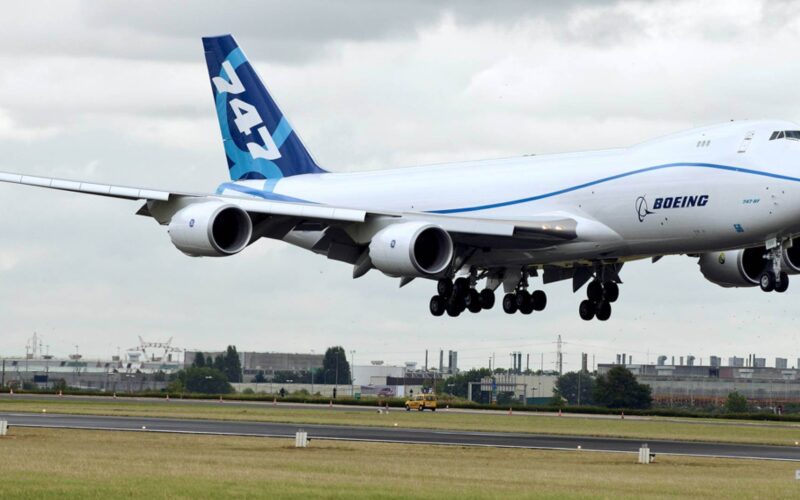The recent years have been harsh for Queen of The Skies – The Boeing 747, with airlines announcing retirement plans left and right, the older models of the jumbo were destined to meet their days parked and stripped in deserts. But with aviation’s biggest nightmare COVID-19 wreaking havoc in the industry, Boeing 747 has got another chance to prove itself.
Travel restrictions put in place had many passenger airlines reduce or even suspend their operations for the time being. This move has caused a significant spike in demand for dedicated cargo services, as the supply for freight transportation in cargo holds of passenger jets has become virtually not existent.
Airlines like Cargolux, Silk Way Airlines, Atlas Air and Air Bridge Cargo hardly known to public before the pandemic, have become the stars of logistical efforts to support first responders. One thing uniting the aforementioned airlines is her majesty – the Boeing 747 Freighter.
Currently there are 286 Boeing 747Fs of different models in service, making up about a quarter of the main-deck cargo planes, according to Cirium.
Since the Boeing 747 boasts a massive payload capabilities, airlines have scrambled to use it for medical equipment carrying flights.
Executive Operating Officer for ABC Tatyana Arslanova has pointed to the 747-8F climate-controlled cargo holds as one of the big plane’s assets: “Its three compartments can have different temperature settings from 4 degrees Celsius to 29 degrees, giving us extra opportunities to transport perishable cargo, such as temperature-sensitive pharmaceuticals and life-saving medical equipment.”
Kalitta Air, an American cargo airline, has even reactivated its old jumbos to help cope with the enormous demand in the industry.
KLM, a Dutch passenger airline, has also followed the same move and re-welcomed several of their 747 Combi aircraft back into their fleet.
747-8F an engineering masterpiece built of a 50 year old body
The newest version of Queen of The Skies has capabilities to lift up to 139 tons payload over distances of 7500km. The engineering masterpiece spanning 250ft is based on the iconic profile of 747 created in 1968. Thanks to its iconic hump the aircraft is one of the most recognized in the world. Primarily created for cargo transportation, 747 was developed into a passenger variant with lounges and twin-isle design which revolutionized air travel as a whole. The 747F has a nose cargo door which allows airlines to transport nonstandard cargo such as massive generators, pipes, engines and etc. which otherwise wouldn’t fit the aircraft cargo hold.

